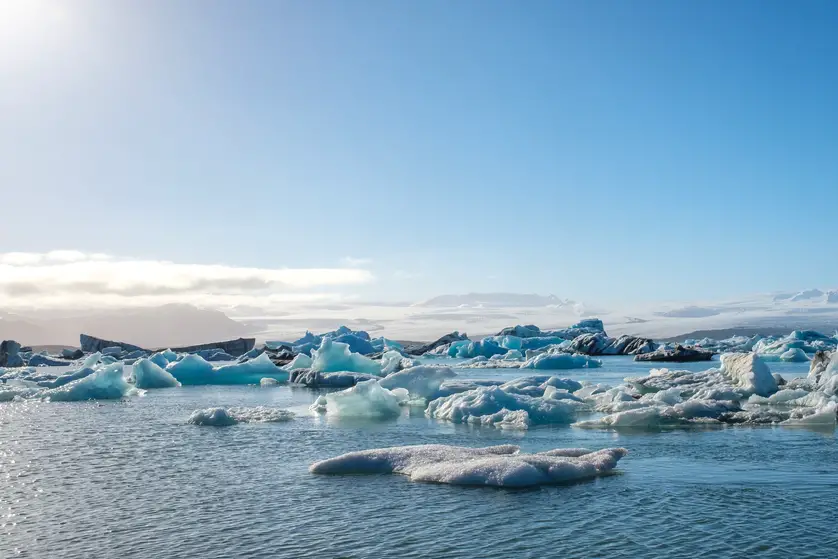Climate change has a significant impact on the earth’s water resources. The warming atmosphere has changed water patterns from oceans to rivers and snow at the top of mountains. That can be seen in the form of intense precipitation, melting ice, and a rise in sea level. Climate change has brought heavy rains and droughts at the same time. Like every corner of our earth, the water cycle has also been under significant threat of climate change. This is because our water cycle highly depends upon the temperature, and it is rising drastically. Hence to make it understandable precisely, we need first to understand the water cycle itself. So that at the end of this article, you will be able to identify the issue and what parts will be affected when high levels of heat are present.
What Is The Water Cycle?
The water cycle is water circulation between land and sky. On the other hand, evaporation is the change between liquid water to gas, and condensation is the opposite of that water vapor of gas form to the liquid form of water. When it comes to water vapor back to liquid form, precipitation is the actual rain that’s coming down from the sky. It can be absorbed into the ground and fall straight into the water again and have a constant flow. It can go through transportation, where plants absorb the water via their roots and through plant uptake.
There is also a surface runoff where the water within the solid surface ground comes and goes back into different bodies. Whether it is the ocean or a small lake river, there is always a cycle of water going round from the land back up to the sky and back down.
Effects Of Climate Change On Water Cycle
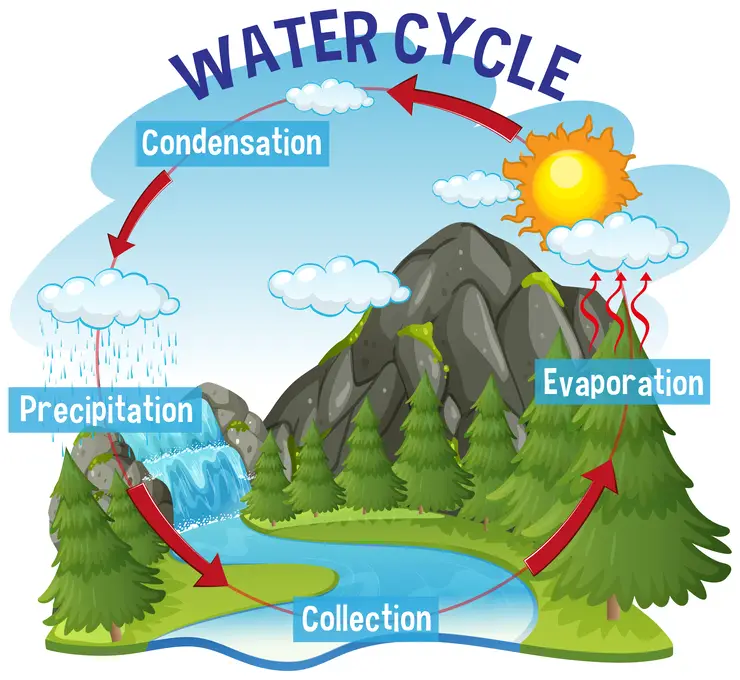
Climate change impacts the world’s water unpredictably. An unnatural weather change is adjusted at every stage in the system. These progressions will squeeze drinking water supplies & food supplies from one side of the planet to the other. Following are the factors that have triggered the impact on the water cycle.
Evaporation
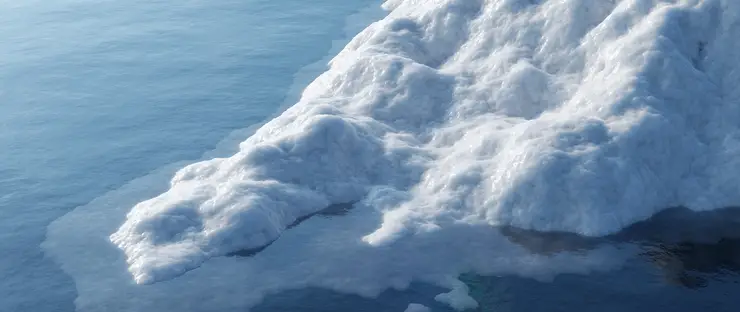
Hot air traps more moisture compared to cool air; therefore, the air will evaporate additional water from seas, lakes, soil, and plants in a hot place. Due to being dried, the air leaves a negative impact on the water cycle and its supplies to agriculture. On the other hand, the dried and moist air could likewise jeopardize human lives. As per the findings of Columbia University’s Lamont-Doherty Earth Observatory, humidity in the future will bring temperature horrendous in certain spots by obstructing the cooling impacts of sweat.
Precipitation
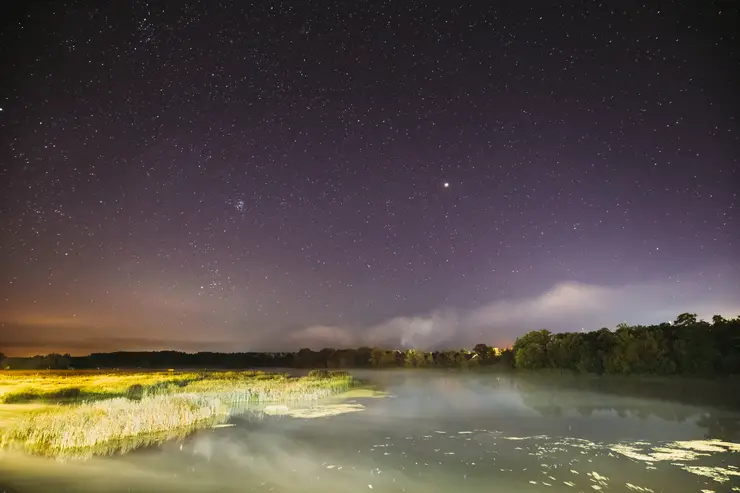 At the point when all the excess warm, additional wet air chills off, it drops further rain & snow to the ground. If the place gets warmer, we are more likely to receive heavier rain and blizzards. The northeastern U.S. so far sees the most significant expansion in the power and recurrence of heavy precipitation. Also, in the Central U.S., many thunderstorms have been turning out to be more continuous and have triggered rainfall since 1979.
At the point when all the excess warm, additional wet air chills off, it drops further rain & snow to the ground. If the place gets warmer, we are more likely to receive heavier rain and blizzards. The northeastern U.S. so far sees the most significant expansion in the power and recurrence of heavy precipitation. Also, in the Central U.S., many thunderstorms have been turning out to be more continuous and have triggered rainfall since 1979.
The Increase In Surface Runoff & Flooding
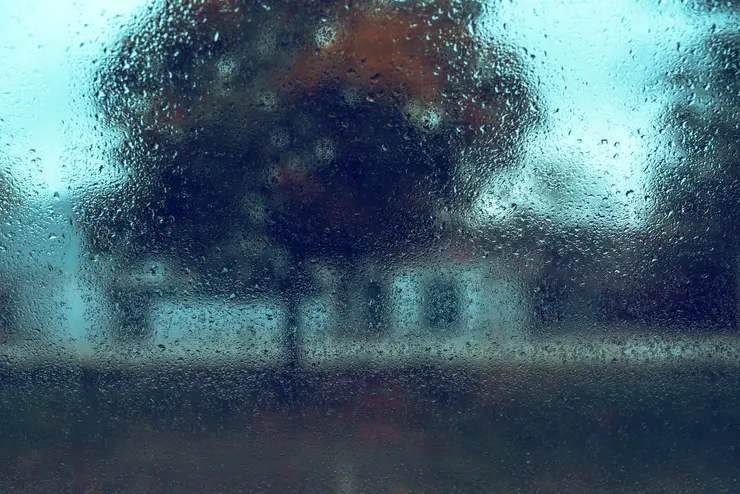
The heavier explosions of precipitation brought about by hot & moist air can prompt flooding, imperil human lives, damage the infrastructure, yield, and dent the economy. The Water Initiative at the Columbia Water Center has been attempting to distinguish the particular reasons for disastrous flooding, to all more precisely foresee them, to save lives and property. The venture likewise made projections regarding how flooding will change as the world keeps on warming.
Heavy rains can also become a cause of heavy flooding and runoff. This moving water might take supplements from the dirt and get contaminations, soil, and different nuisances, flushing them into neighboring waterways. These agents might mess up our water supplies and make it more costly to clean the drinkable water.
Moreover, as overflow dumps residue and contaminated substances into lakes and streams, it could damage fish and other untamed life. Compost overflow can cause algae that eventually end up choking out aquatic critters and causing a stinky wreck. However, the problem is composed of warming water, which can’t hold as a large part of the disintegrated oxygen that fish need to endure.
Effects Of Climate Change On Oceans
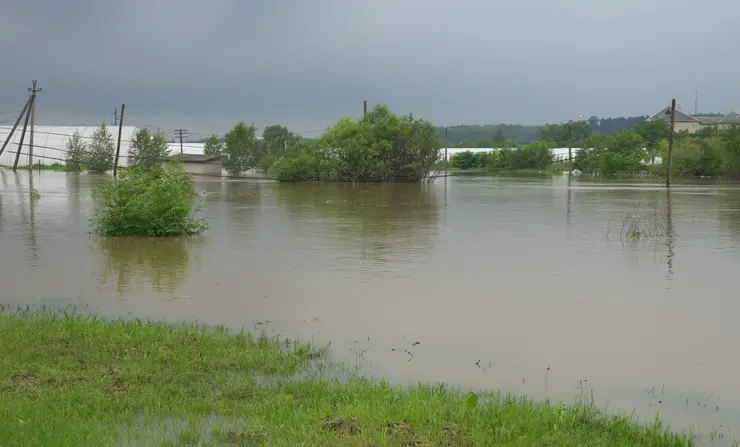
Hotter temperatures and expanding causticity are causing problems for Sealife. These progressions are changing evolved ways of life from the base up. Also, many fish are moving poleward, looking for calmer waters. Climate change can adjust significant sea flows. Since sea temperatures drive barometrical flow designs, this could change weather patterns everywhere. Environment researcher Richard Seager from Columbia’s Lamont-Doherty Earth Observatory has tracked down that higher sea surface temperatures could make precipitation more visible, and along these lines less unsurprising, from one year to another.
Changes In Water Demand
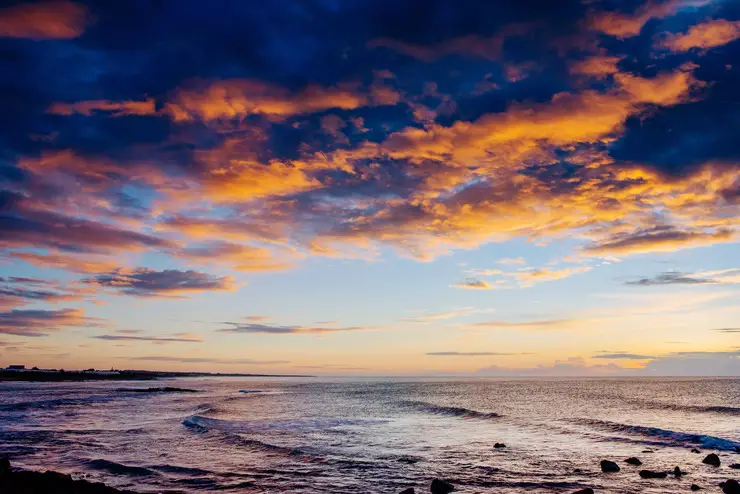
Due to the climate and its impact on the water cycle, we have to change the methods we adopt to use water. The rise in temperature and evaporation rates have expanded the demand for water across the globe. These progressions in water supply and quality will compound our momentum issue, which is that we have maturing water foundations across the world that are coming up short. We essentially can’t manage even verifiable variety, not to mention the thing individuals are anticipating for what’s to come.
Wrap Up
Water is no doubt an essential agent of life. We can’t consider life without water, but unfortunately, we hardly consider its impact on our earth’s water cycle when it comes to climate change. We need to understand the need for quick and significant actions to control the future drought and flooding situation.

